Chrysler Crown Imperial classic cars for sale
The Chrysler Crown Imperial stands as Chrysler’s pinnacle luxury offering from the 1940s and 1950s, renowned for expansive interiors, technical innovation, and top-class comfort. Known for both limousine and Pullman configurations, it epitomises American prestige motoring for heads of state, celebrities, and discerning enthusiasts.
Search results
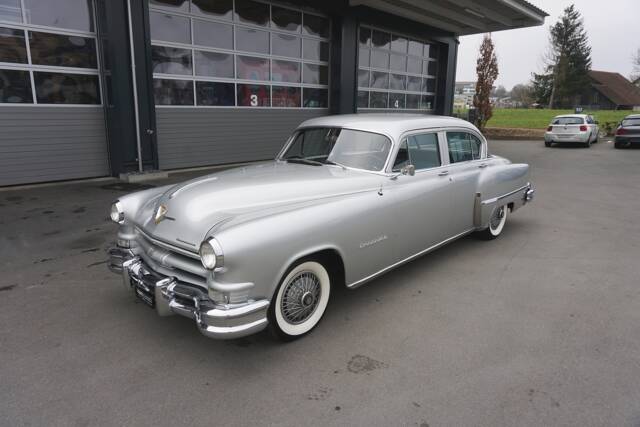
1953 | Chrysler Crown Imperial
Luxus, Klasse und ein sehr angenehmes Fahrgefühl: Der Imperial ist ein Wagen, der jede Sonntagsfahrt zum Erlebnis macht.
Chrysler Crown Imperial listing references from Classic Trader
Below you will find listings related to your search that are no longer available on Classic Trader. Use this information to gain insight into availability, value trends, and current pricing for a "Chrysler Crown Imperial" to make a more informed purchasing decision.
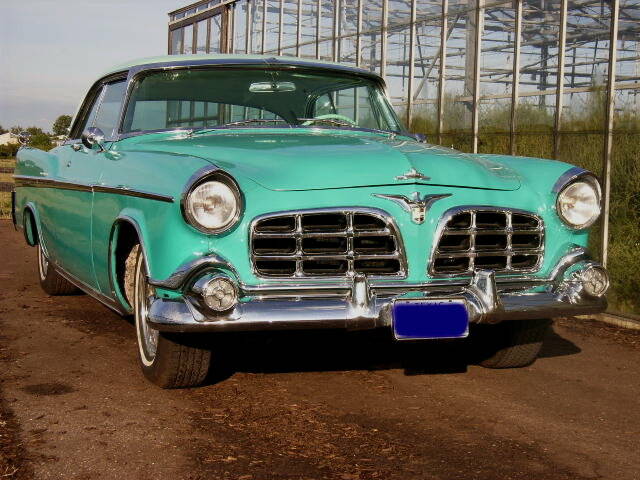
1956 | Chrysler Crown Imperial
Chrysler-Imperial Coupé ''56
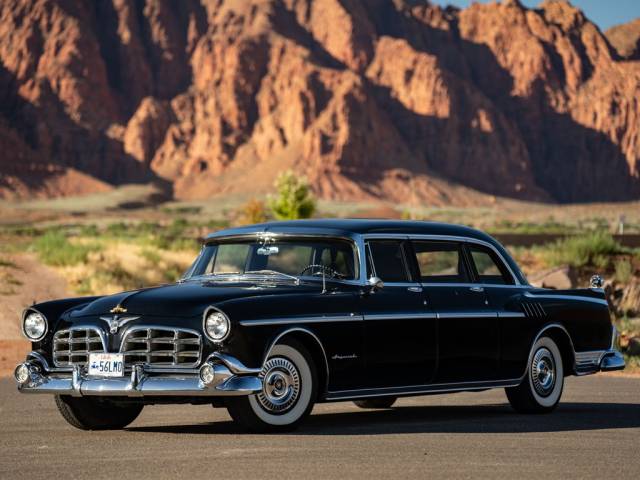
1956 | Chrysler Crown Imperial
1956 Imperial Crown Limousine
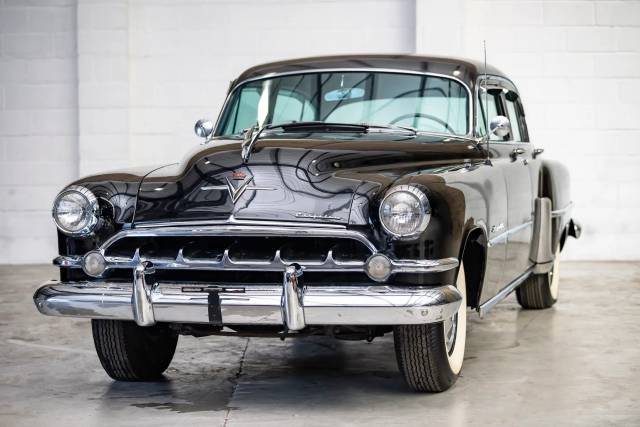
1954 | Chrysler Crown Imperial
Fabulous Fifties Classic - Recommission Required
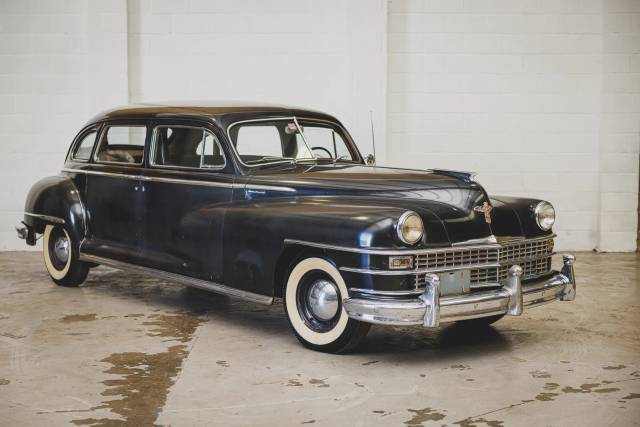
1947 | Chrysler Crown Imperial
Imperious - Rare - Project NO RESERVE

1951 | Chrysler Crown Imperial
Chrysler Crown Imperial
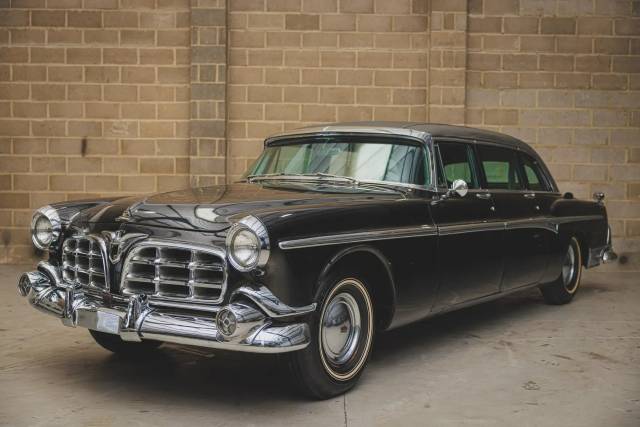
1955 | Chrysler Crown Imperial
Rare - One of Only 45 Ever Built - Wow!
History of the Chrysler Crown Imperial
Launched in 1940 as part of the fifth generation of the Chrysler Imperial lineage, the Crown Imperial brought a new level of stateliness to American luxury cars. With a stretched wheelbase of 3,632 mm (C27 series), Chrysler positioned the Crown Imperial for owners who valued generous space and distinct styling. Offered initially as a six- or eight-seater limousine—including a rare Parade Phaeton—the Crown Imperial was frequently chosen for official duties and high-level events. The model lineage continued through numerous facelifts during the 1940s and early 1950s, with incremental updates in styling and engineering. Crown Imperial cars became synonymous with American prestige through the early postwar years, before the name Imperial became a standalone Chrysler brand from 1955 onward.
Model History
The Crown Imperial series stemmed from the earlier Imperial range, specifically following the C24 series. Successive generations saw revisions such as the C30, C50, C53, C59 and C66. Notably, the C66 of 1954 featured a panoramic windscreen and power upgrades. Initially available in limousine, Pullman, and Parade Phaeton styles, later production became more exclusive, culminating in the transition of Imperial to its own brand in 1955. That year, two series were introduced: the C69 Imperials as sedans/hardtops and the C70 Crown Imperial eight-passenger limousines, distinguished by their extended wheelbase and unparalleled standard equipment. Italian coachbuilder Ghia then took over limousine assembly post-1956. The Crown Imperial represents the epitome of Chrysler’s upper-class ambitions prior to Imperial’s new brand era.
Highlights and Special Features
Specially outfitted for luxury, the Crown Imperial featured vast interiors, power steering, vacuum-assisted brakes, four-way electric seat adjustment, and the Powerflite push-button automatic gearbox. Later models were refined with options like electric window lifts, independently controlled rear ventilation, and, on limousines, an electrically operated driver/passenger partition. Detailed interior treatments differentiated the chauffeur area from the main cabin, using premium materials such as black leather and grey cloth. Externally, the prominent 'egg-crate' grille and 'gun-sight' taillamps—designed under Virgil Exner’s 'Forward Look'—marked the car’s presence even at a distance.
Technical Data
Special Editions and Collectible Models
Some of the rarest Crown Imperials include the 1956 models, of which only 119 limousines were made, and the late 1940s Pullman limousines produced in especially low numbers (e.g., only 100 units of the 1954 C66). From 1956, hand-finished limousines by Ghia in Italy (notably the 1960 batch, just 17 made) attained particular notoriety, often ordered for heads of state or special occasions. These ultra-rare variants have a strong presence in films and historical records, such as state service for Jacqueline Kennedy or Nelson Rockefeller, and pop culture appearances, for example in 'The Godfather Part II'.
Weak Spots and Common Issues
Potential buyers should be aware of the complexities involved in maintaining large, low-production luxury cars. Parts availability for bespoke features (power accessories, automatic transmissions, unique interior fittings) may be limited, especially for Italian-bodied models. Wiring and electrical systems can require expert attention. Hydraulics (windows, seats) should be inspected for leaks, and postwar models’ bodies are vulnerable to corrosion, especially around the sills and lower panels. Regular maintenance of the inline-eight and early V8 engines is crucial, given their large displacement and period-correct engineering tolerances.
Engine and Performance, Transmission and Handling
Crown Imperials in the 1940s and 1950s delivered stately rather than sporty performance, focusing on smoothness and composure for chauffeured transport. With 135–173 kW from large-displacement straight-eight or V8 engines, acceleration was tailored for refined driving. Fluid Drive and later Powerflite automatic gearboxes contributed to seamless, almost silent progress. The vast wheelbase ensured a supple ride, while the power-assisted steering and brakes eased manoeuvring for both drivers and chauffeurs. The handling characteristics were governed by the vehicle’s considerable length and weight, prioritising comfort and straight-line stability over cornering agility. Noteworthy models include the C-70 Crown Imperial limousine (notable for its 60.4% view share), appreciated for its association with exclusive chauffeured luxury and its technical innovations; the C-51 and C58 also hold unique positions for their mechanical reliability and historical significance.
Interior, Comfort, Exterior and Design
Virgil Exner’s 'Forward Look' design transformed the Crown Imperial in the mid-1950s, giving it distinctive rear 'gun-sight' tail lamps, an imposing 'egg-crate' grille, and a longer, lower stance. Interiors were opulent; chauffeur and passenger zones differentiated by materials—black leather for the driver, grey cloth for rear passengers, plus bespoke carpeting. Ghia-bodied limousines introduced Italian craftsmanship to American luxury, often at customer specification for upholstery and amenities. Factory options included air conditioning and a suite of power accessories, reflecting the car’s status as a rolling executive office or parade vehicle.
Other Relevant Features
The Crown Imperial’s status can be measured by its use in major political and cultural moments—Jacqueline Kennedy’s funeral car, the personal vehicle of Nelson Rockefeller, and prominent showcasing in American cinema. The combination of American mechanical confidence with Italian coachbuilding finesse (Ghia) set certain years apart. These traits make the Crown Imperial not just a car, but a period piece reflecting mid-century American aspirations.
Summary
The Chrysler Crown Imperial stands at the summit of American prestige automobiles of the mid-twentieth century, blending advanced technical solutions, luxurious comfort, and outstanding presence. With its heritage bridging the transformation of Chrysler’s luxury line from model to marque, and with rare variants held in high regard—especially the Italian-bodied limousines—this vehicle appeals to enthusiasts of ambitious engineering, classic design, and historical significance in American automotive culture.
